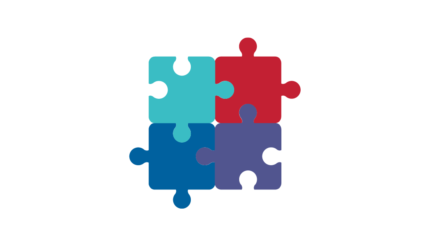It’s no huge secret that success is not merely a solo journey but a collective effort driven by a cohesive and empowered team. As a business coach, one powerful tool that can significantly contribute to unlocking your team’s potential is the DISC assessment. In this blog post, we’ll delve into the transformative power of DISC and how it can be harnessed for ensuring robust team development.
Understanding the DISC Model
Derived from the principles of psychologist William Moulton Marston, the DISC model categorizes individuals into four primary behavioral traits: Dominance (D), Influence (I), Steadiness (S), and Conscientiousness (C). Each trait represents distinct characteristics that shape how individuals communicate, make decisions, and contribute to a team.
Building Self-Awareness
One of the key strengths of the DISC assessment is its ability to foster self-awareness among team members. By understanding their own behavioral preferences, individuals gain valuable insights into their strengths, communication styles, and potential blind spots. As a business coach, encourage your team to reflect on their DISC profiles, fostering a deeper understanding of themselves and their colleagues.
Strengthening Communication
Effective communication lies at the heart of any successful team. The DISC model provides a common language for team members to articulate their preferences and better comprehend others’. For instance, a ‘D’ (Dominance) communicator might appreciate directness and efficiency, while an ‘S’ (Steadiness) communicator values collaboration and stability. By recognizing these differences, teams can tailor their communication styles to enhance understanding and minimize misunderstandings.
Harnessing Complementary Strengths
Teams are often comprised of individuals with diverse strengths and weaknesses. The DISC assessment facilitates the identification of these differences, enabling teams to leverage each member’s unique qualities. A ‘C’ (Conscientiousness) team member, known for their analytical and detail-oriented approach, can complement the more spontaneous and social qualities of an ‘I’ (Influence) team member. This synergy fosters a collaborative environment where each member contributes optimally.
Resolving Conflict Effectively
Conflict is an inevitable aspect of team dynamics, but the DISC model equips teams with the tools to navigate conflicts constructively. By understanding the root causes of disagreements based on differing behavioral styles, teams can implement strategies to address conflicts proactively. As a business coach, guide your teams in developing conflict resolution mechanisms that consider the diverse perspectives highlighted by the DISC assessment.
Cultivating a Positive Team Culture
Ultimately, the power of DISC lies not just in understanding individual behaviors but in shaping a positive team culture. By fostering an environment where diverse strengths are celebrated, communication is open, and conflicts are resolved collaboratively, teams can achieve unparalleled success.
So then, what have we learnt? By harnessing the power of DISC, you empower your teams to embrace their differences, communicate effectively, and collectively propel the organization towards success. As the saying goes, “Alone we can do so little, together we can do so much.” Through the lens of DISC, unlock the collective potential of your team and lead them towards a future of unparalleled success.





